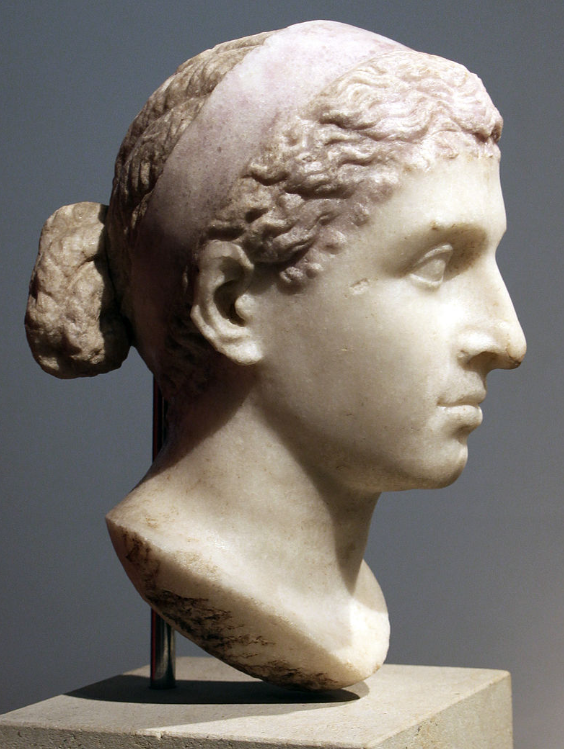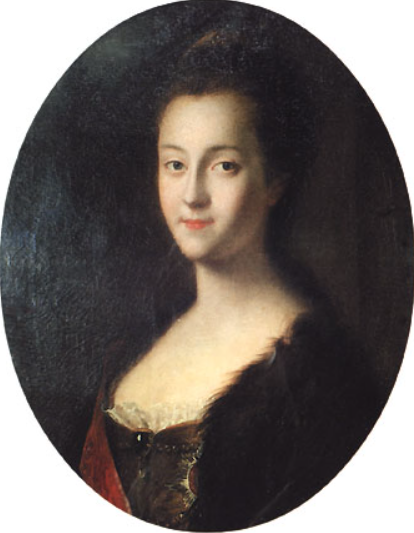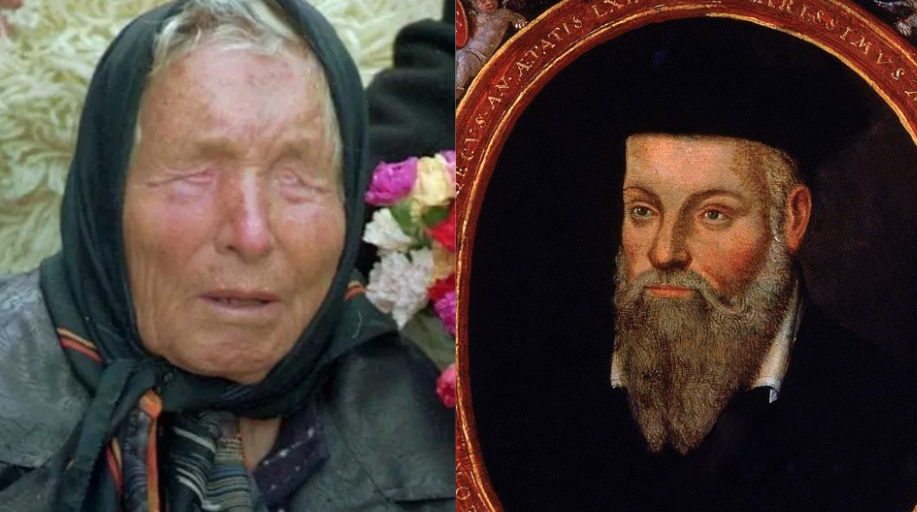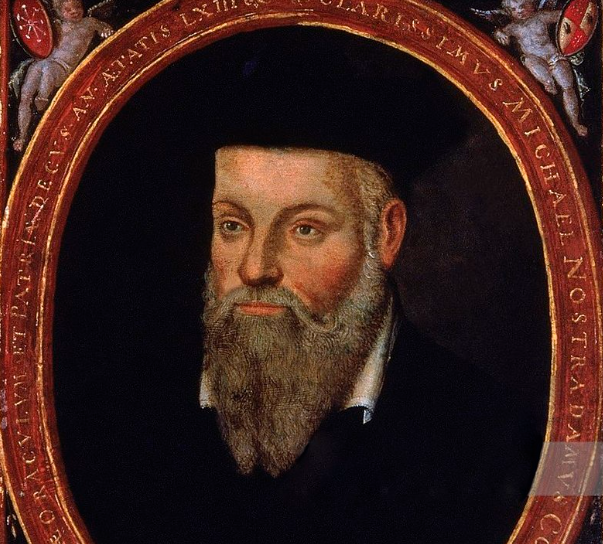10+ Bizarre Habits of Famous Historical Figures

©️ Wikipedia
History often portrays its figures as stoic statues or larger-than-life heroes. But beneath the powdered wigs and stoic expressions, these historical icons were, well, human. And humans, as we all know, can be pretty darn weird. Let’s take a peek behind the curtain and explore the truly bizarre habits of some of the most famous people in history.
Bizarre Habits of Historical Figures
These are 10+ historical figures with bizarre habits that can send shivers down your spine. Enjoy!
1. Cleopatra VII’s Snake Charmer Beauty Routine
The legendary Egyptian queen wasn’t just known for her political prowess. Cleopatra reportedly used venom from vipers in a diluted form as a facial treatment, believing it would keep her skin youthful.

2. Catherine the Great’s Icy Morning Plunge
Russia’s formidable empress started her day with a rather bracing ritual. Catherine the Great took a plunge into an icy bath every morning, believing it made her more lively and boosted her health.

3. Isaac Newton’s Ocular Experimentation
This brilliant mind, who solved the mysteries of gravity and optics, apparently wasn’t afraid of a little self-inflicted pain. Newton was known to stick a bodkin (a blunt needle) into his eye socket and press down on his eyeball. His reasoning? He believed it stimulated his optic nerve and improved his vision. Let’s just say modern ophthalmologists strongly advise against this particular research method.

4. Leonardo da Vinci’s Sleep Hack
The polymath artist and inventor da Vinci was known for his bizarre approach to everything, including sleep. He followed an odd sleep schedule known as the “polyphasic sleep” pattern. This involved taking short naps every few hours throughout the day and night, allowing him to remain constantly alert for extended periods.

5. Napoleon Bonaparte’s Sleep…Schedule (or Lack Thereof)
The French emperor conquered most of Europe, but sleep remained his lifelong adversary. Napoleon famously functioned on only a few hours of shut-eye per night, often napping for just 20 minutes at a time. This erratic sleep schedule fueled his incredible work ethic but likely contributed to his later erratic behavior and health problems.

6. Sigmund Freud’s Cigar Love (and Obsession)
Freud was a notorious chain smoker, puffing on cigars almost constantly. He believed cigars helped him think more clearly and even prescribed them to some of his patients as a form of therapy. This was, of course, well before the dangers of smoking were widely known. In 1923, Freud developed oral cancer, likely caused by his years of cigar smoking.
He underwent a staggering 33 surgeries over the next 16 years in a desperate attempt to control the cancer. The surgeries were painful and disfiguring, and Freud was forced to wear a prosthesis for much of his jaw. Ironically, the very habit he believed aided his thinking became a source of immense physical and emotional suffering.

7. Wolfgang Amadeus Mozart’s Scatological Humor
The musical genius behind timeless masterpieces like “Eine Kleine Nachtmusik” was also known for his rather…crude sense of humor. Mozart enjoyed writing bawdy letters filled with toilet humor and bodily functions. He even incorporated jokes into some of his compositions!

8. Charles Dickens’ Theatrical Pranks
The author who brought us classics like “A Christmas Carol” apparently had a liking for theatrics, even outside his novels. Dickens was known to pull elaborate pranks on friends and family, including speaking in invented languages and approaching strangers with silly riddles. His most troubling prank involved grabbing a young woman on the beach and dragging her towards the water, all for a supposed “romantic gesture.” Thankfully, bystanders intervened.

9. Albert Einstein’s Sockless Rebellion
The brilliant physicist Albert Einstein was known for his groundbreaking theories, but also for his rather bizarre attire. He famously disliked wearing socks, claiming his big toe always poked holes in them. Einstein embraced the sockless life, even boasting about it in letters to friends and hiding his bare feet in high boots during formal occasions. It became a symbol of his independent and rebellious spirit.

10. Marie Curie’s Radioactive Glow
The pioneering scientist Marie Curie was a trailblazer in radioactivity research, but her dedication came at a cost. She didn’t take proper protection while handling radioactive materials and was known to carry vials of them in her pockets, leading to chronic radiation exposure.

11. Nikola Tesla’s Calculated Steps
The brilliant inventor Nikola Tesla wasn’t just fascinated by electricity; he also possessed a meticulous mind. Tesla had a habit of counting his steps while walking. He not only tracked the number of steps he took but also calculated the distance based on his stride length. This obsession with order and precision extended to other aspects of his life, including his preference for the number three. He believed certain numbers held special significance.

12. Benjamin Franklin’s Naked Air Baths
One of America’s Founding Fathers, Benjamin Franklin, was also a champion of…well, fresh air. Franklin believed that spending time naked in his home with the windows open improved his health and circulation. He even practiced this bizarre habit during meetings with foreign celebrities, much to their discomfort.

13. Queen Elizabeth I’s Makeup Mishap
The Virgin Queen may have been a political powerhouse, but her beauty routine left something to be desired. Elizabeth used a lead-based makeup called ceruse to achieve a pale complexion, a then-fashionable look. Unfortunately, the lead poisoning from this makeup likely contributed to her hair loss, mood swings, and eventual death.

14. Ludwig van Beethoven’s Coffee Ritual
The composer behind powerful symphonies like “Beethoven’s 5th” had a very specific coffee-making ritual. Beethoven required precisely 60 coffee beans to be counted out for each cup he brewed. One can only hope his musical genius wasn’t solely fueled by caffeine withdrawal headaches.

15. Queen Victoria’s Bread for the Birds
Queen Victoria wasn’t just a powerful monarch; she also had a kind heart. She carried a slice of bread with her on walks, not to snack on herself, but to feed the birds in the park.

So, the next time you read about a historical figure, remember that behind the grand achievements and legacies lie some truly bizarre quirks and habits. These quirks add a touch of humanity to these larger-than-life figures, reminding us that even the most brilliant or powerful people can be, well, a little strange.
Any bizarre habits of your own? Tell us in the comments.
You may also like: These Are the Most Romantic Letters You Will Ever Read


